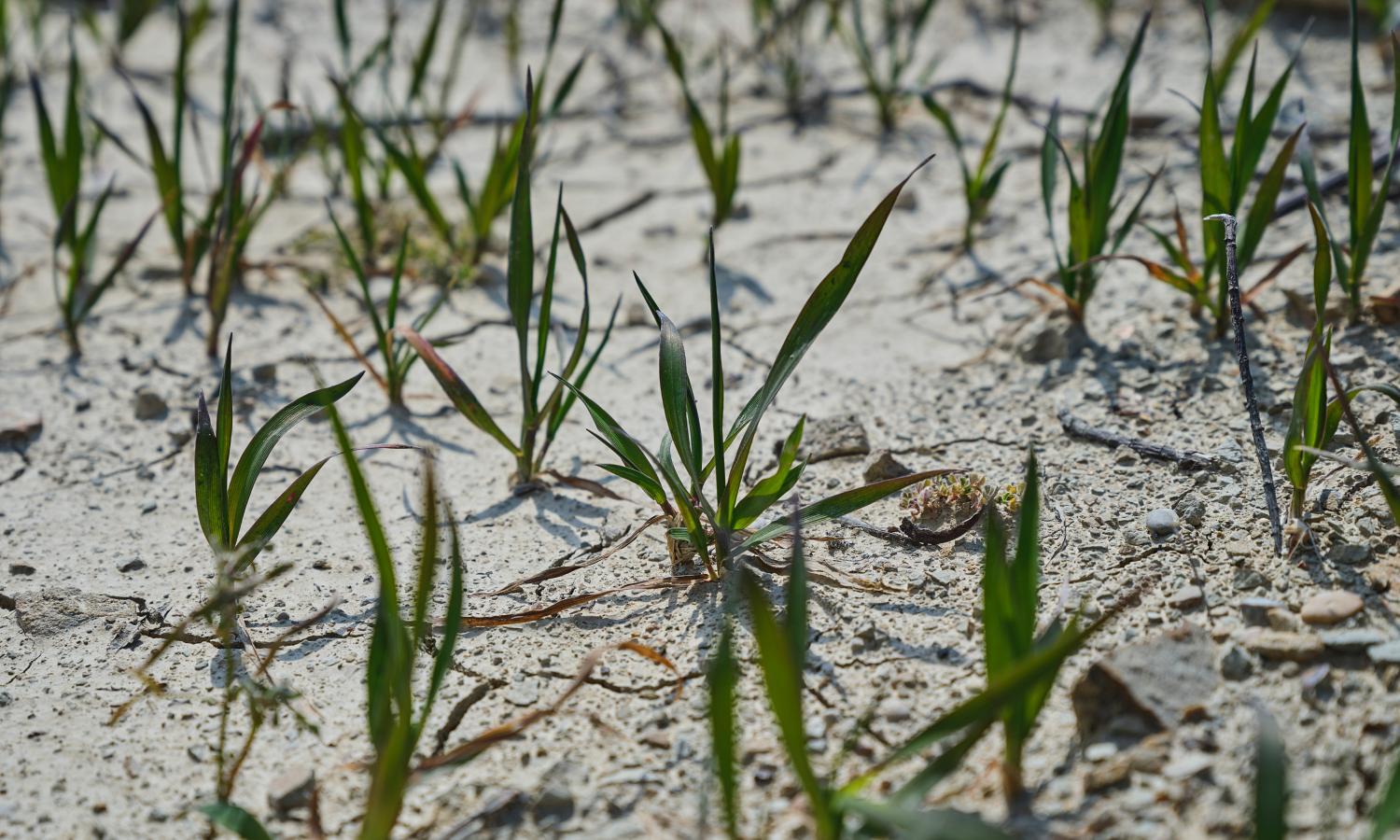A new study has found that wind farms can have a “significant” impact on soil moisture, and aggravate the soil drying in grassland areas, with impacts on ecosystems.
The research, published in peer-reviewed journal, Science of the Total Environment, found that “wind farms significantly reduced soil moisture within the wind farms and in the upwind and downwind directions.”
Our research shows that the operation of wind turbines will cause significant drying of soil, and this drought effect differs significantly according to season and wind direction.
Prof Gang Wang of the School of Resources and Environmental Engineering, Ludong University in China, GRIPT News, May 11, 2023
“Our results show that 1) the soil moisture within wind farms decreases most significantly, with a decrease of 4.4 % observed; 2) in summer and autumn, the declines in soil moisture in the downwind direction are significantly greater than those in the upwind direction, with the opposite occurring in spring.”
They also said that: “Wind farms aggravate the soil drying in grassland areas, which may have impacts on grassland ecosystems. Therefore, when building wind farms, we need to better understand their impacts on the environment.”
This is significant when you consider areas like the Northern Valley, south of Elk Point, Alberta. The grasslands there are considered a “Wildlife Sensitivity Zone” by Alberta Fish and Wildlife (AFW) and are host not only to the Bald Eagle (classified as “sensitive” by the Alberta government) but the Endangered Whooping Crane, which makes its ‘summer grounds’ in part directly in the Northern Valley.1
We now know that too many of these turbines are eliminating important migratory stopover habitat for this Endangered species.
Joel Merriman, Director of the Bird-Smart Wind Energy Campaign at American Bird Conservancy, April 1, 2021; ESA
Environment Canada and Climate Change states on their own website:
To protect cranes from disturbance, human activities should be monitored, regulated, and/or prohibited wherever they have the potential to cause problems for the cranes.
2.7.3 Disturbance, canada.ca
Elementary Energy’s proposed industrial wind plant will also impact the North Saskatchewan River, according to their own “impact zone”,2 which is classified as a “Key Wildlife Biodiversity Zone” by AFW. Of course, the ill effects of industrial wind farms are known to be felt for up to 15km and beyond.3
As we reported earlier on Wind Concerns, this new study suggests a correlation with Harvard University researchers who concluded that large-scale wind farms “would warm average surface temperatures over the continental U.S. by 0.24 degrees Celsius.”4 In other words, increase warming — which is the opposite effect desired by those pushing for renewable energy.
To read the full article at GRIPT News, click here. To read the study, click here.
Mark Mallett is a former award-winning reporter with CTV Edmonton and an independent researcher and author. His family homesteaded between Vermilion and Cold Lake, Alberta, and now resides in the Lakeland region. Mark is Editor in Chief of Wind Concerns.


